
Burly, weathered crewmen emerge from the holds of fishing dhows hoisting hammerhead, silky and thresher sharks onto the decks. Smaller specimens are tossed from boat to boat, while the true giants, like tiger and bull sharks, are manhandled by several men before reaching the dock. Armed with gigantic steel hooks, workers heave each shark across the harbor to a concrete slab, which serves as tonight’s auction block. The sharks are lined up in orderly rows with pectoral fins pointing skyward, reminding me of the regimented pattern of white crosses in a military cemetery. I count 98 sharks on the slab. And this is just one boat’s catch in a single night. After being auctioned off to the highest bidder, the sharks are loaded into freezer trucks. Within minutes, the next boat approaches, disgorging more sharks onto the slab. As darkness falls to dawn, I witness more than 1,000 shark carcasses auctioned in a single night.
Shark fin is the prized ingredient of shark fin soup, a luxurious dish sought after in the Far East. As a photographer, I have documented sharks and the shark fin trade for over a decade. However, Arabia was not on my radar as a major shark-fishing region. After scouring obscure fisheries reports, I discovered that the region had only recently become one of the top global suppliers of sharks.
The most prolific catches I saw were made off Oman. Every night, freezer trucks and their finned cargo left Arabian Sea ports and raced across the desert. Their destination was along the Arabian Gulf in the megacity of Dubai where nightly shark fin auctions are held. The city now ranks amongst the top five export hubs for shark fins destined for Hong Kong, the global epicenter of the fin trade.
Diving expeditions along the length and breadth of the Arabian Peninsula reveal evidence that shark fishing is ubiquitous, even in some marine reserves. Ghost gill nets (either lost or discarded) blanket coral reefs and rocky pinnacles. Gill nets are unselective by design; in addition to snaring sharks, they entrap everything from endangered sea turtles to whales. Gill nets are banned in most countries, but use in this region is epidemic and their impacts are blatant. Some fishermen voiced concern to me about the recent, dramatic decline in the number of sharks they catch. With the exception of a few anomalies where sharks thrive, my expeditions echo their fears as underwater shark encounters are few and far between.
Today, Arabia’s shark populations sit on the precipice of degradation. However, the region is home to some of the most committed marine conservationists. Because of their work, I have hope for the future of Arabia’s sharks. Can Arabia transform their reputation from being a top supplier of shark fins to a leader in global shark conservation? I like to think so.
Former marine biologist Thomas P. Peschak spends more than 300 days a year pursuing marine conservation photography and ocean reportage. He previously wrote about South Africa’s sardine run for LightBox. See more of his work here.
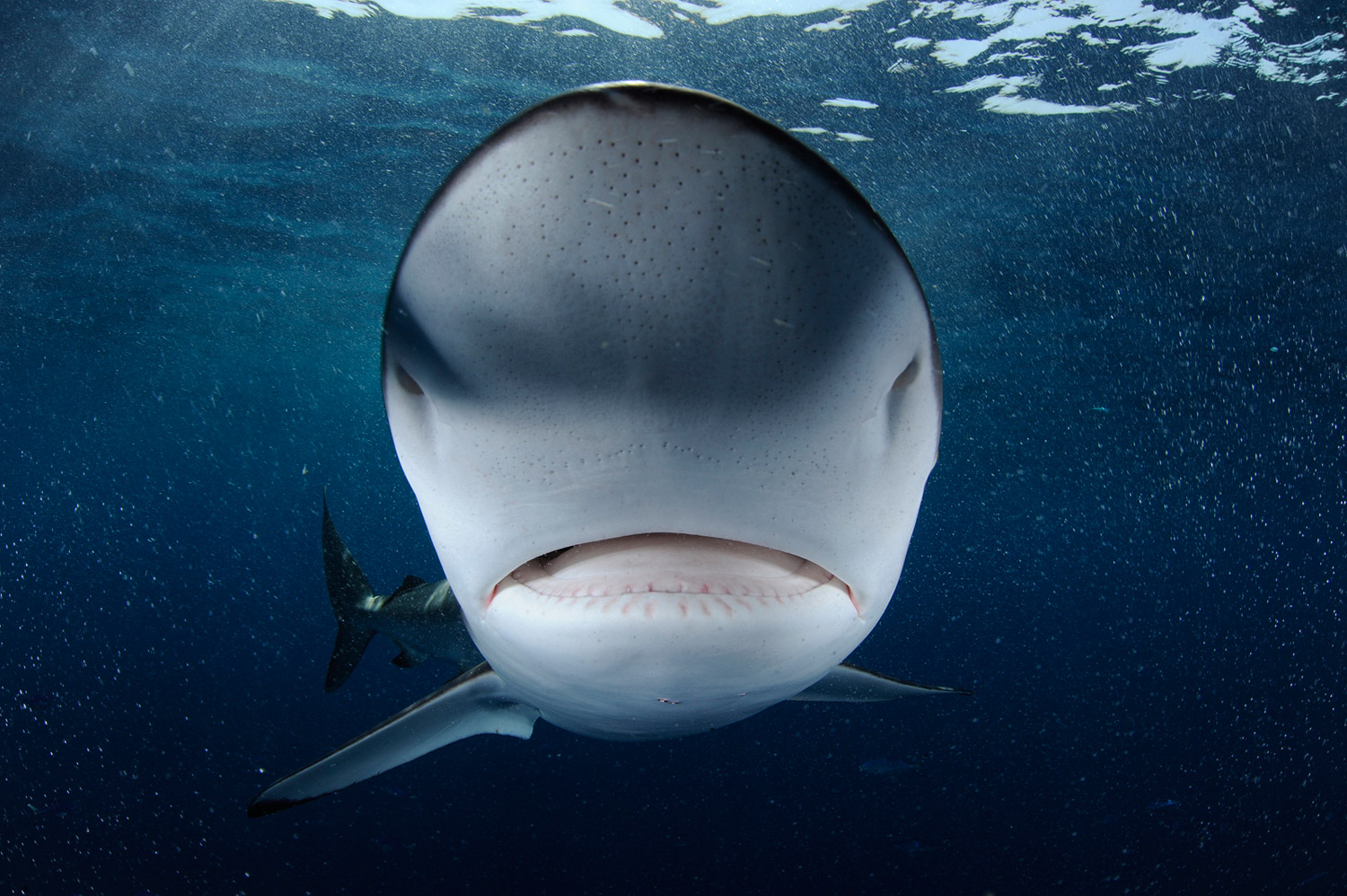
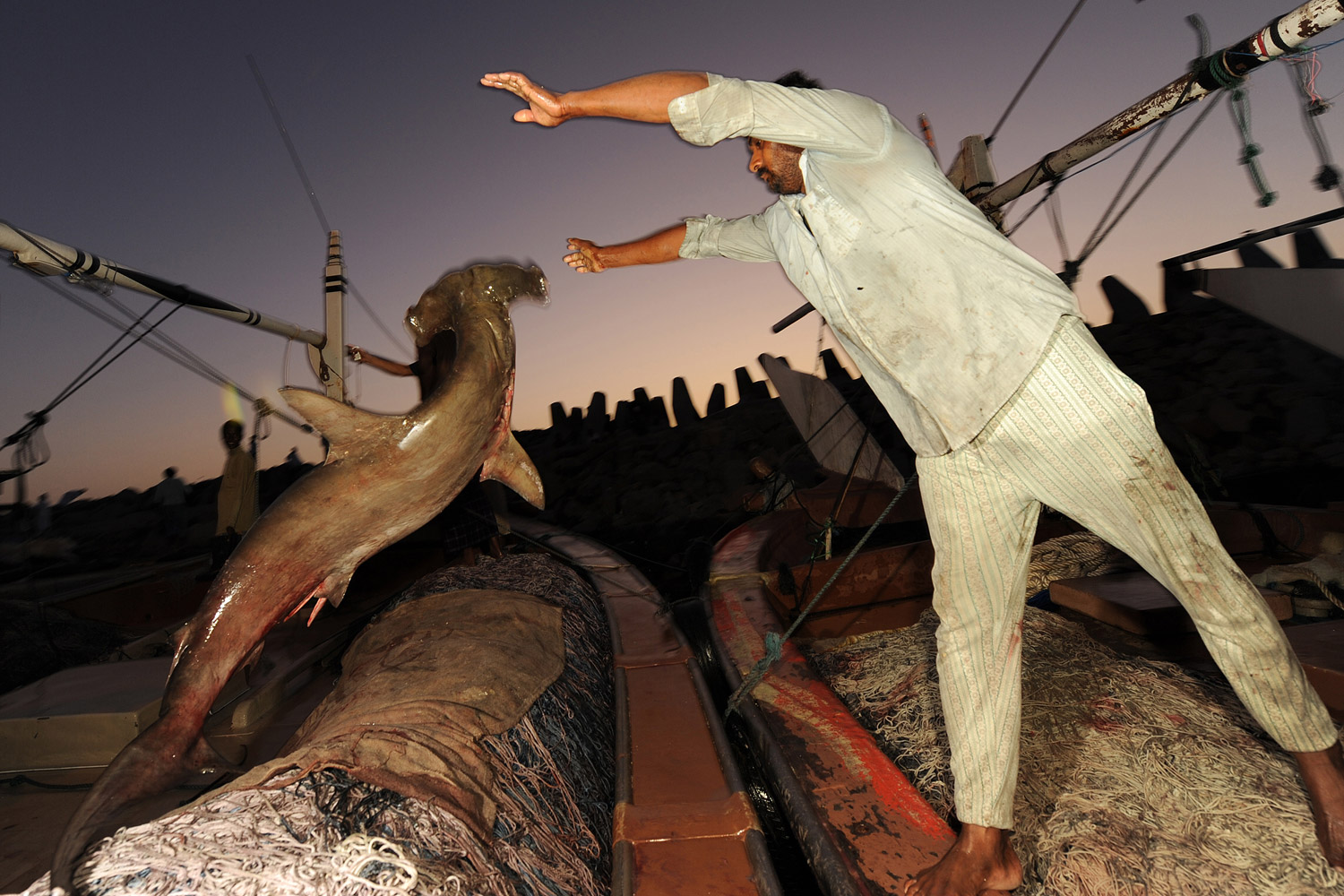
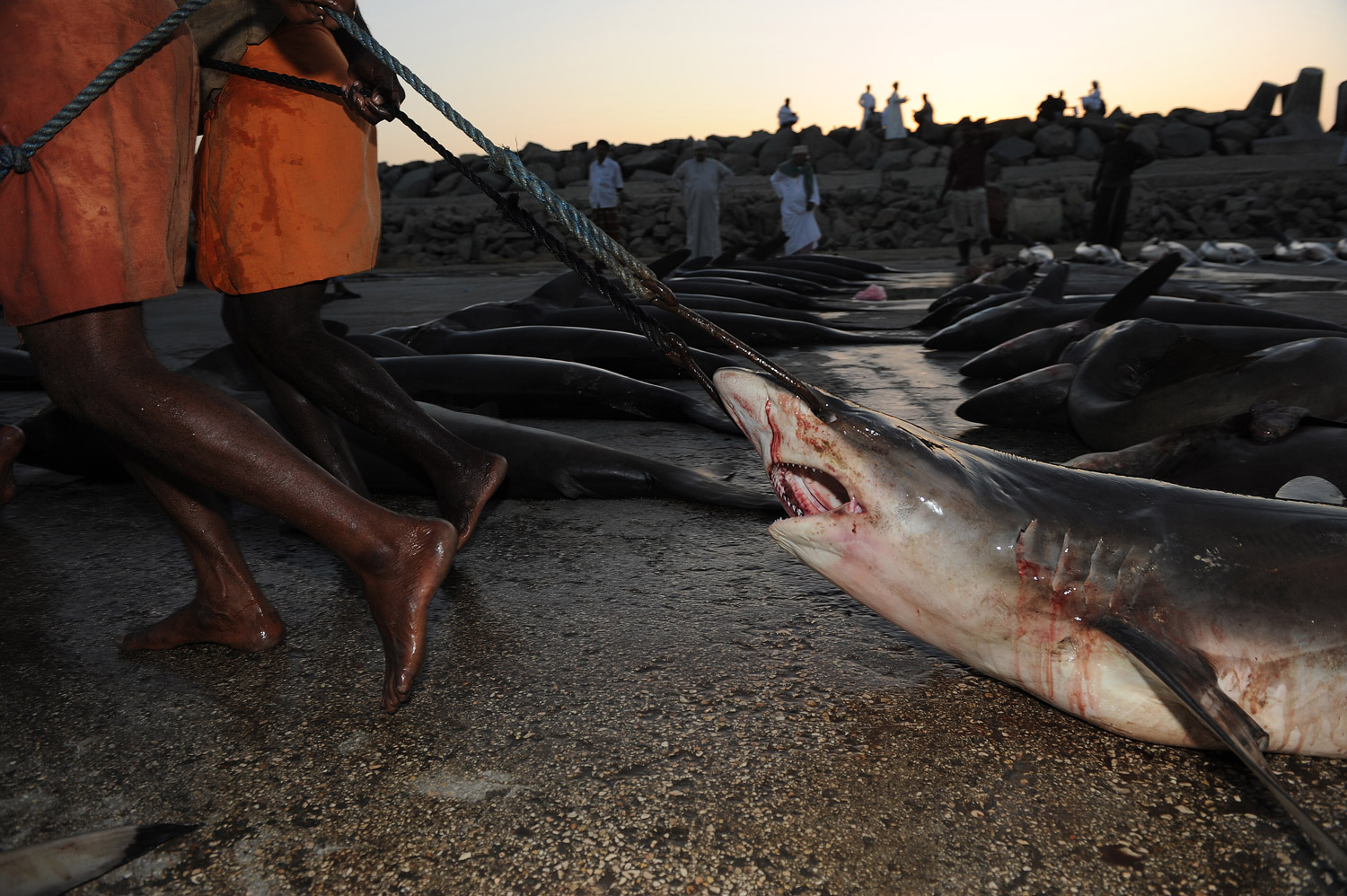
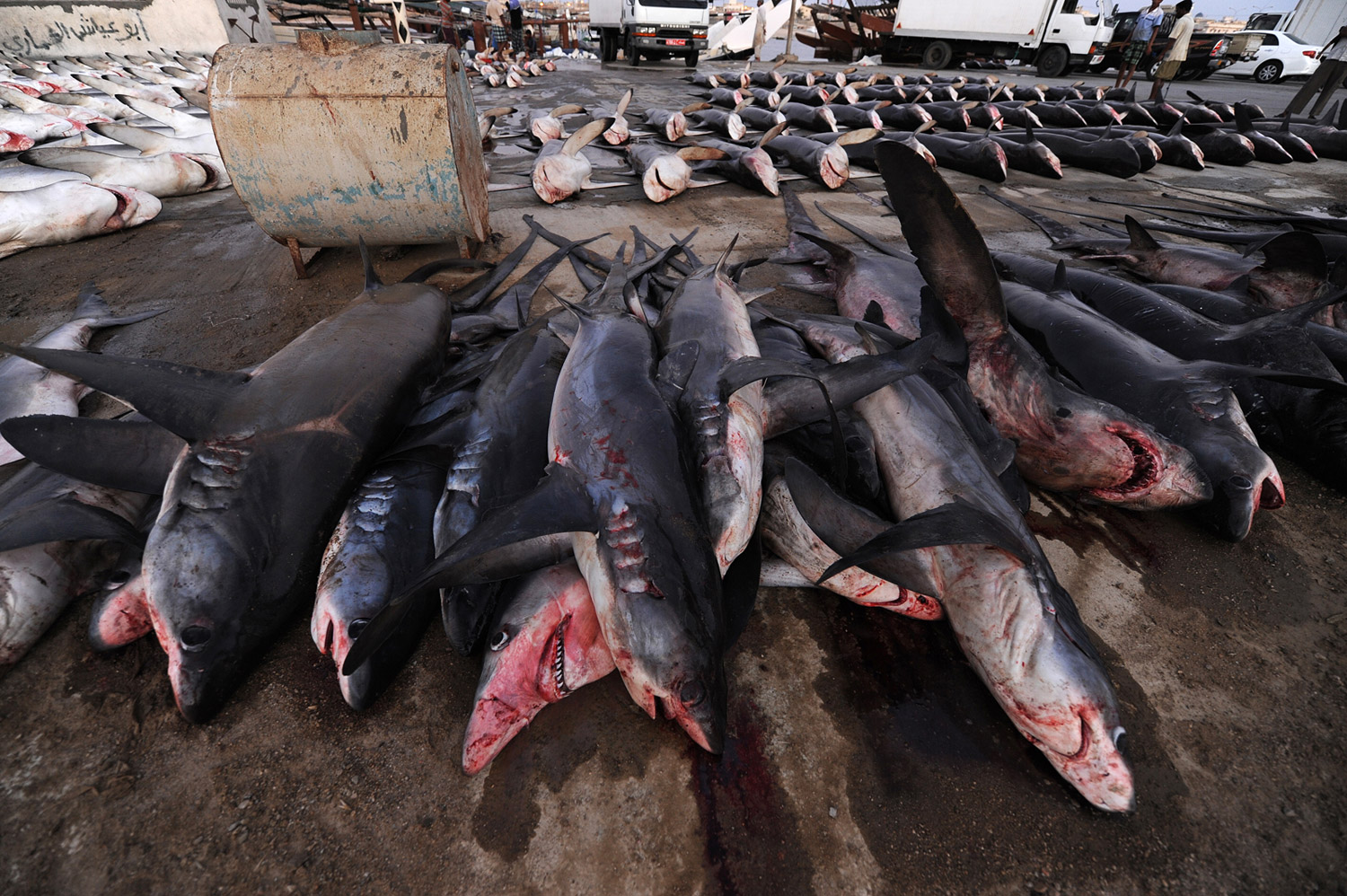
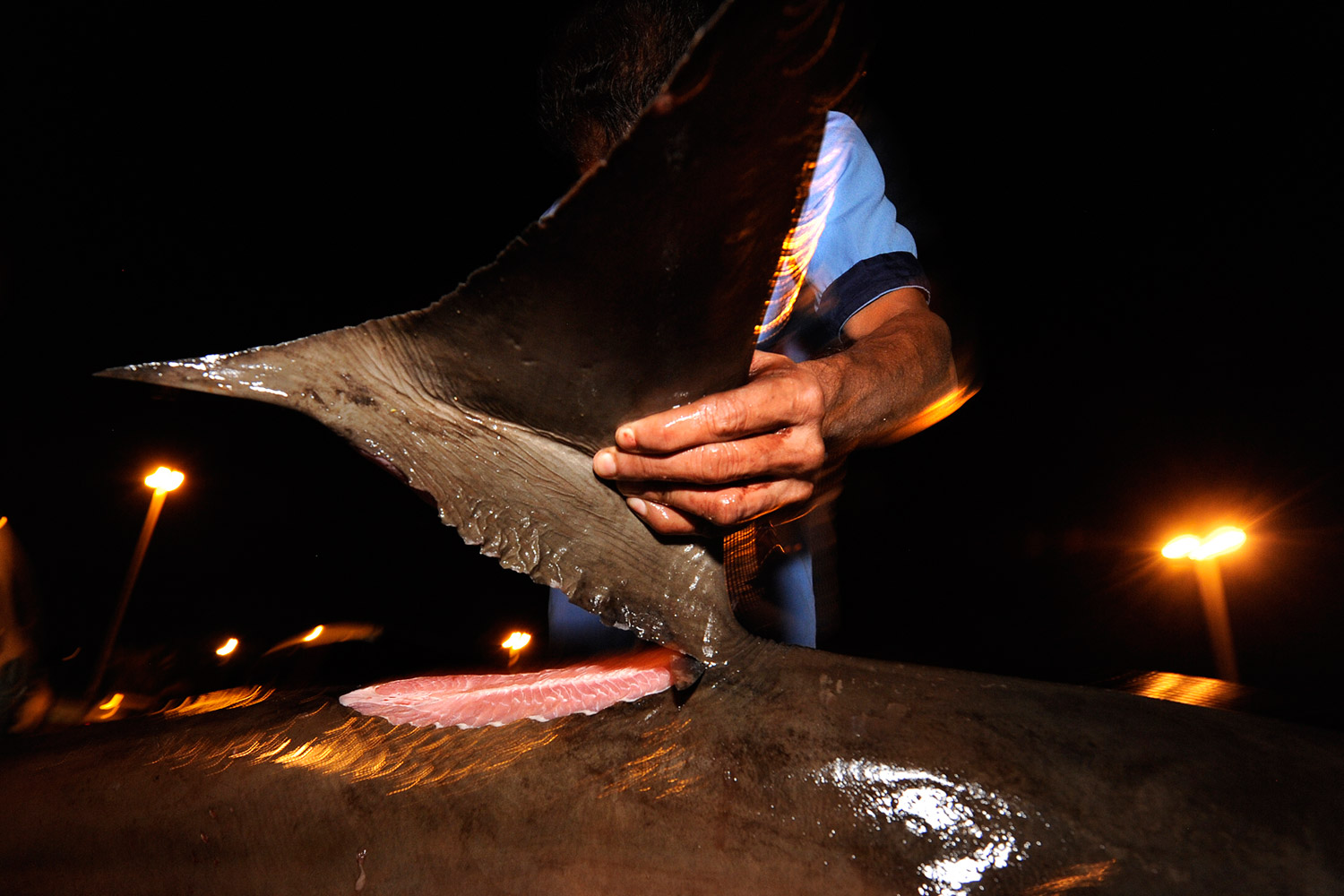

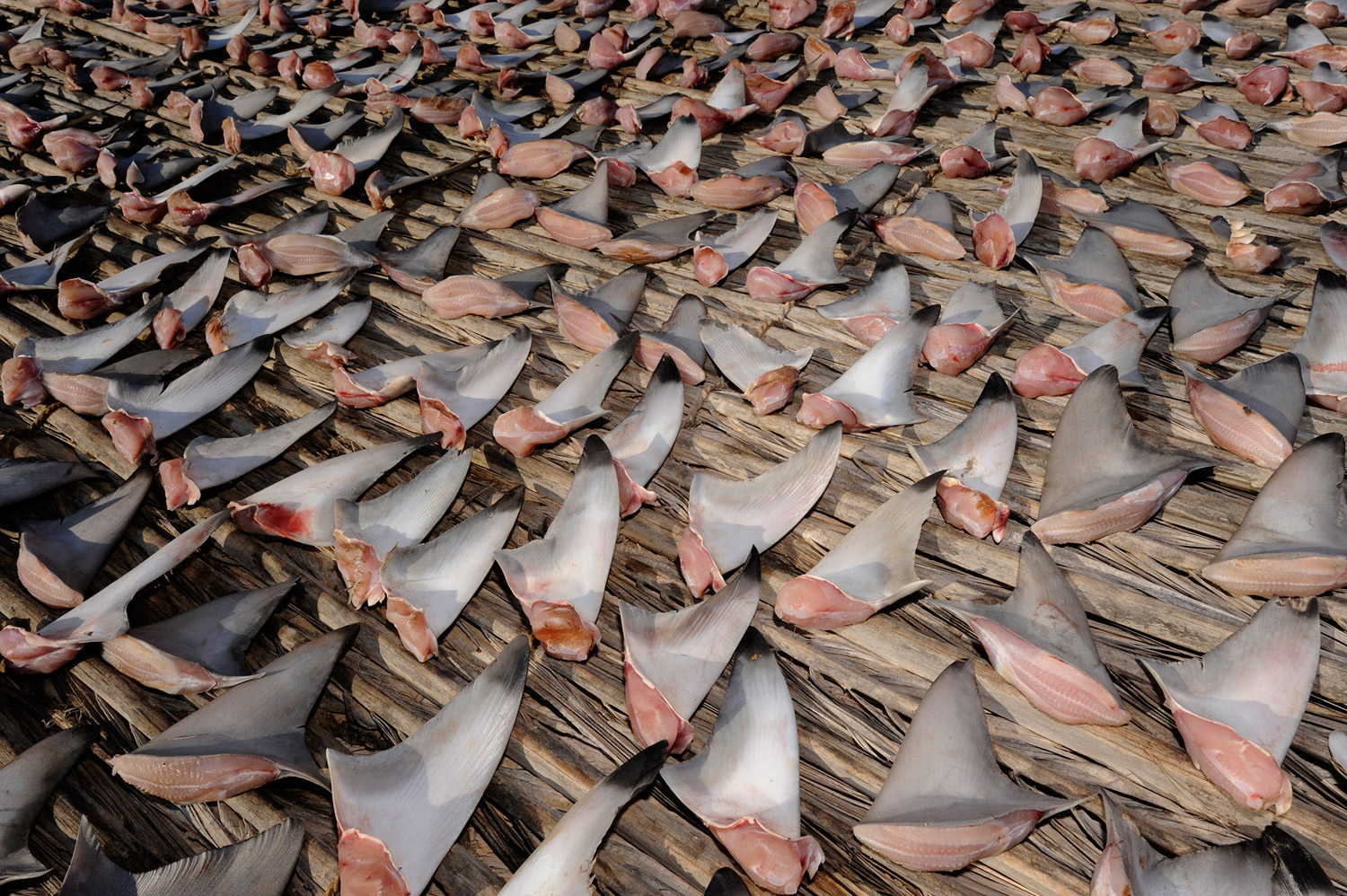

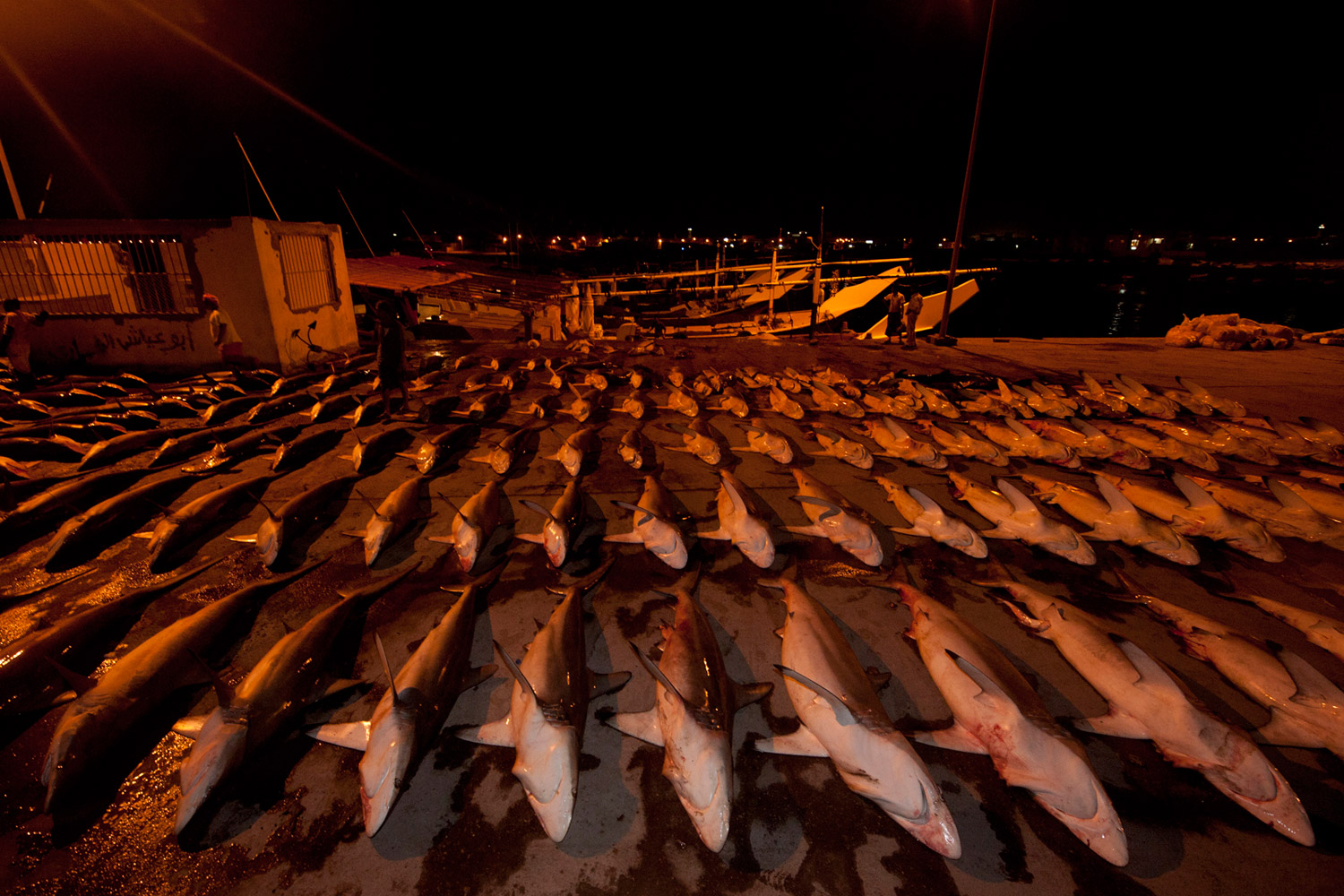
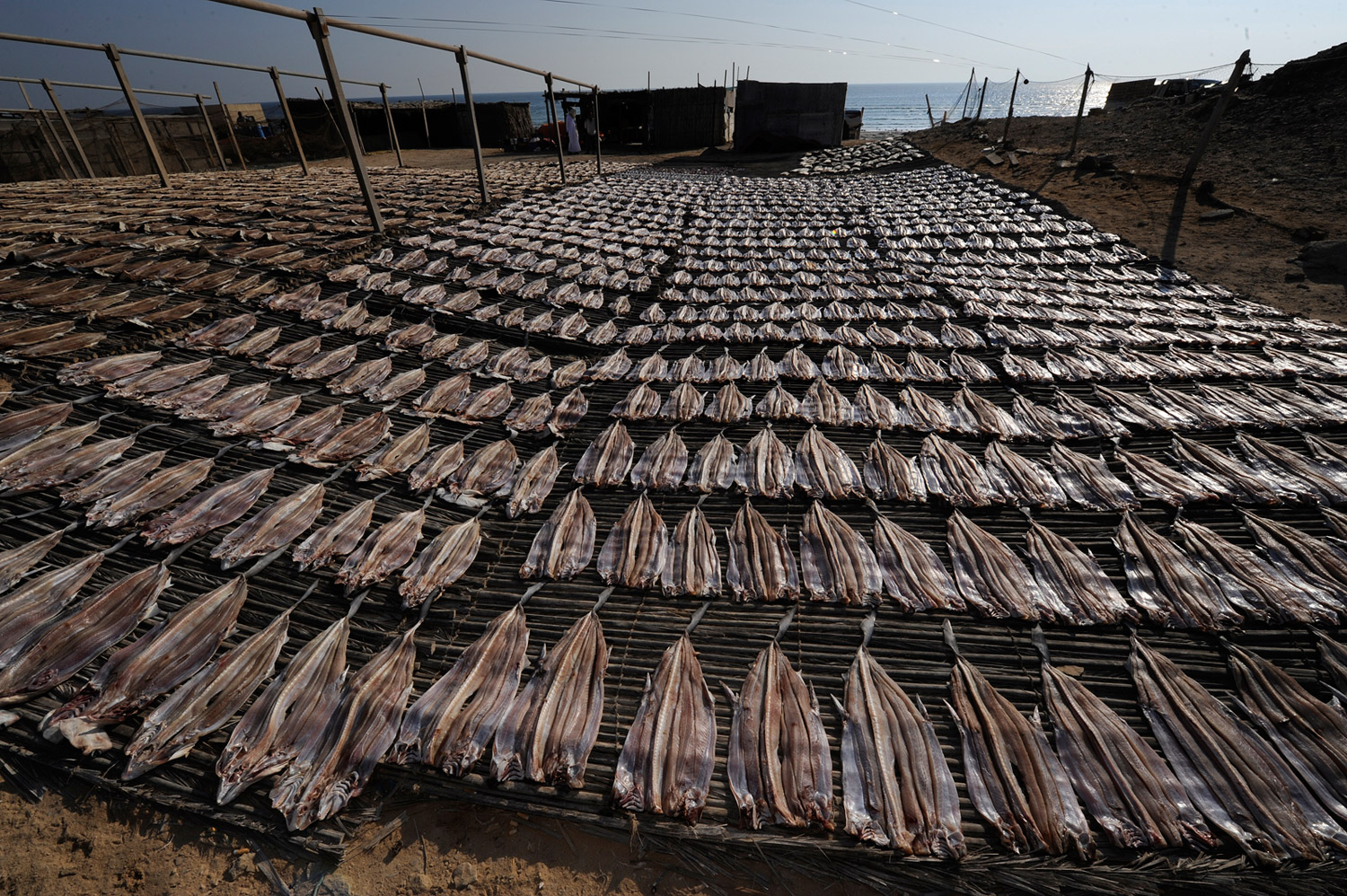



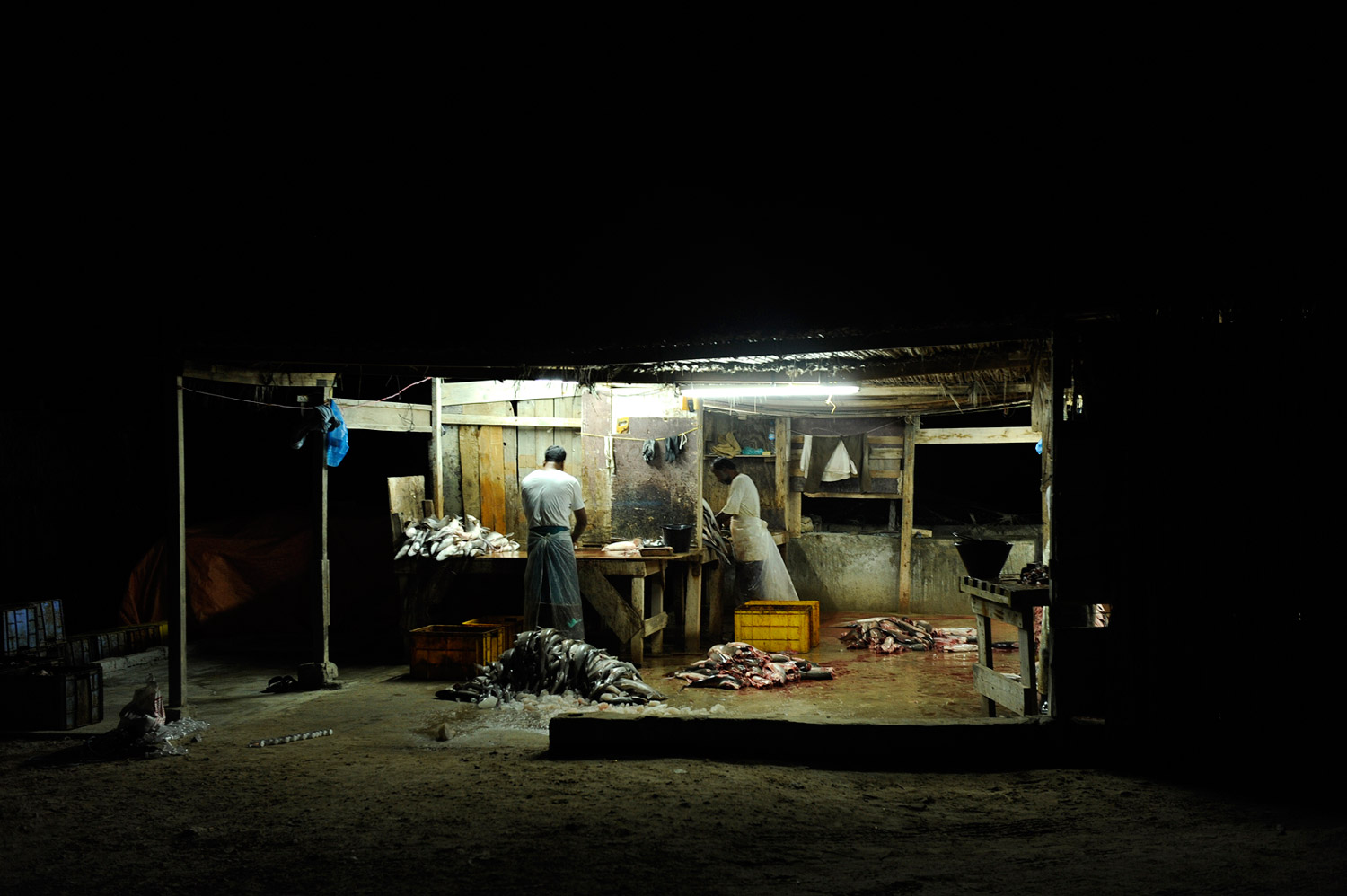
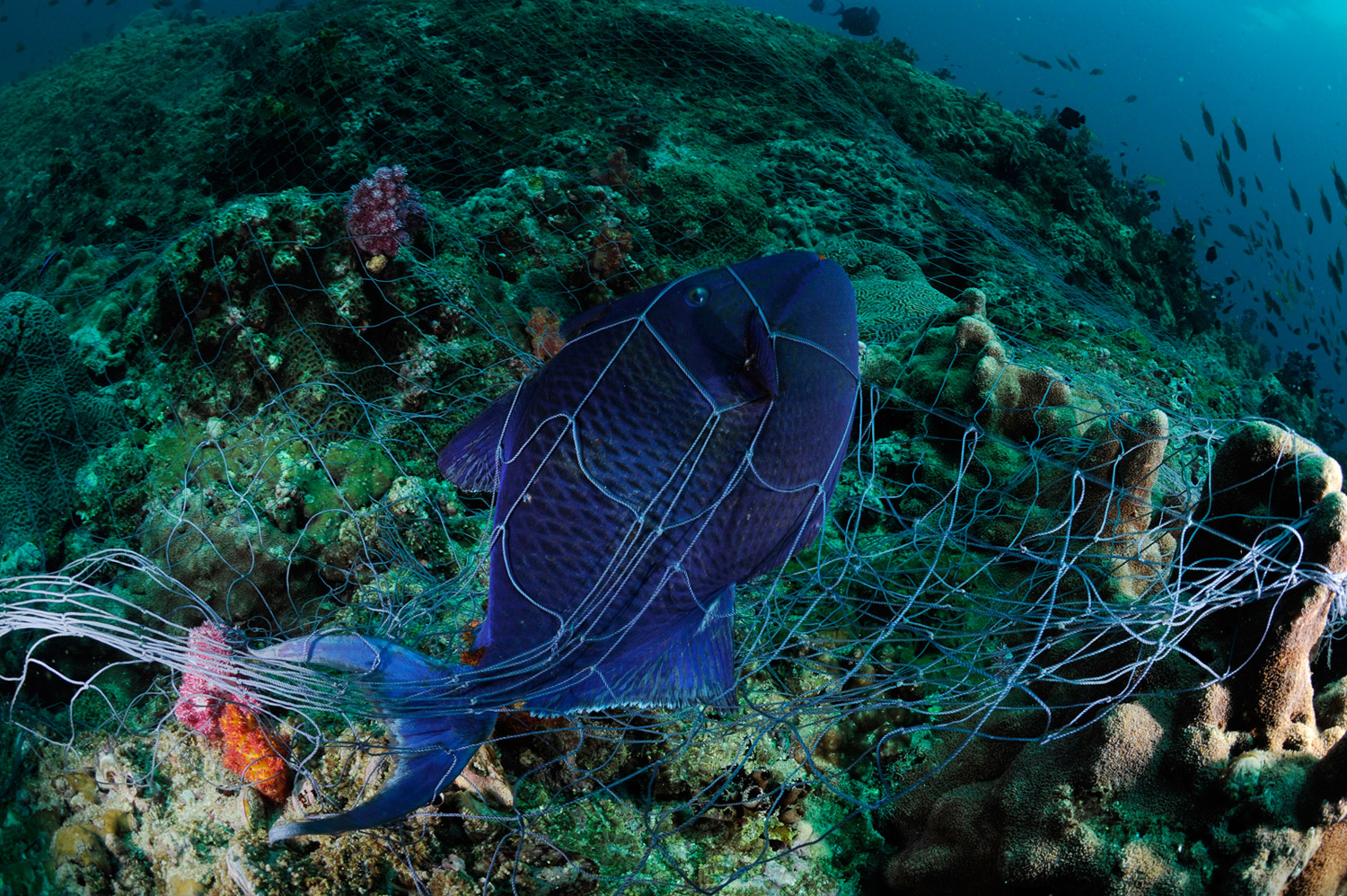


More Must-Reads from TIME
- Donald Trump Is TIME's 2024 Person of the Year
- Why We Chose Trump as Person of the Year
- Is Intermittent Fasting Good or Bad for You?
- The 100 Must-Read Books of 2024
- The 20 Best Christmas TV Episodes
- Column: If Optimism Feels Ridiculous Now, Try Hope
- The Future of Climate Action Is Trade Policy
- Merle Bombardieri Is Helping People Make the Baby Decision
Contact us at letters@time.com